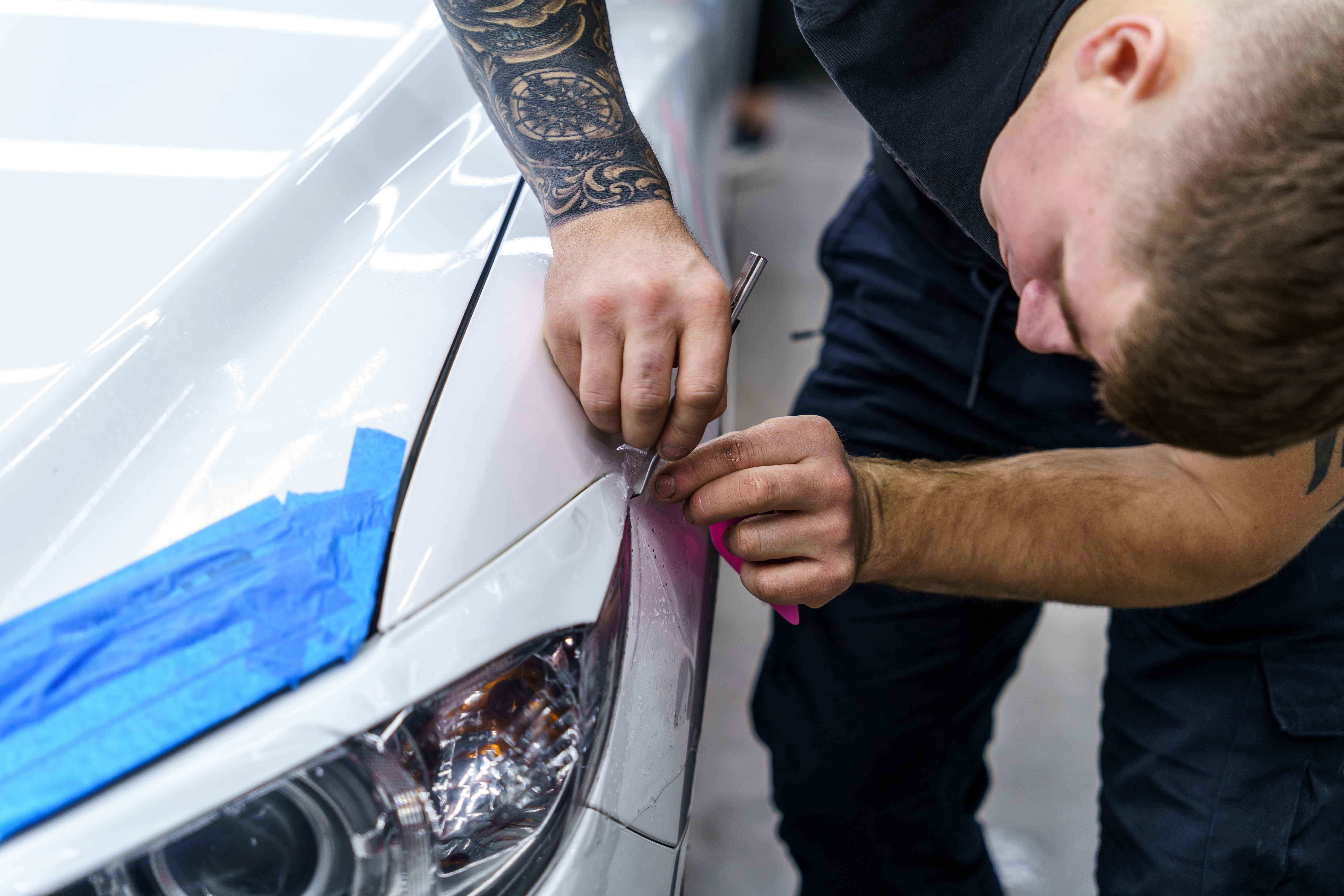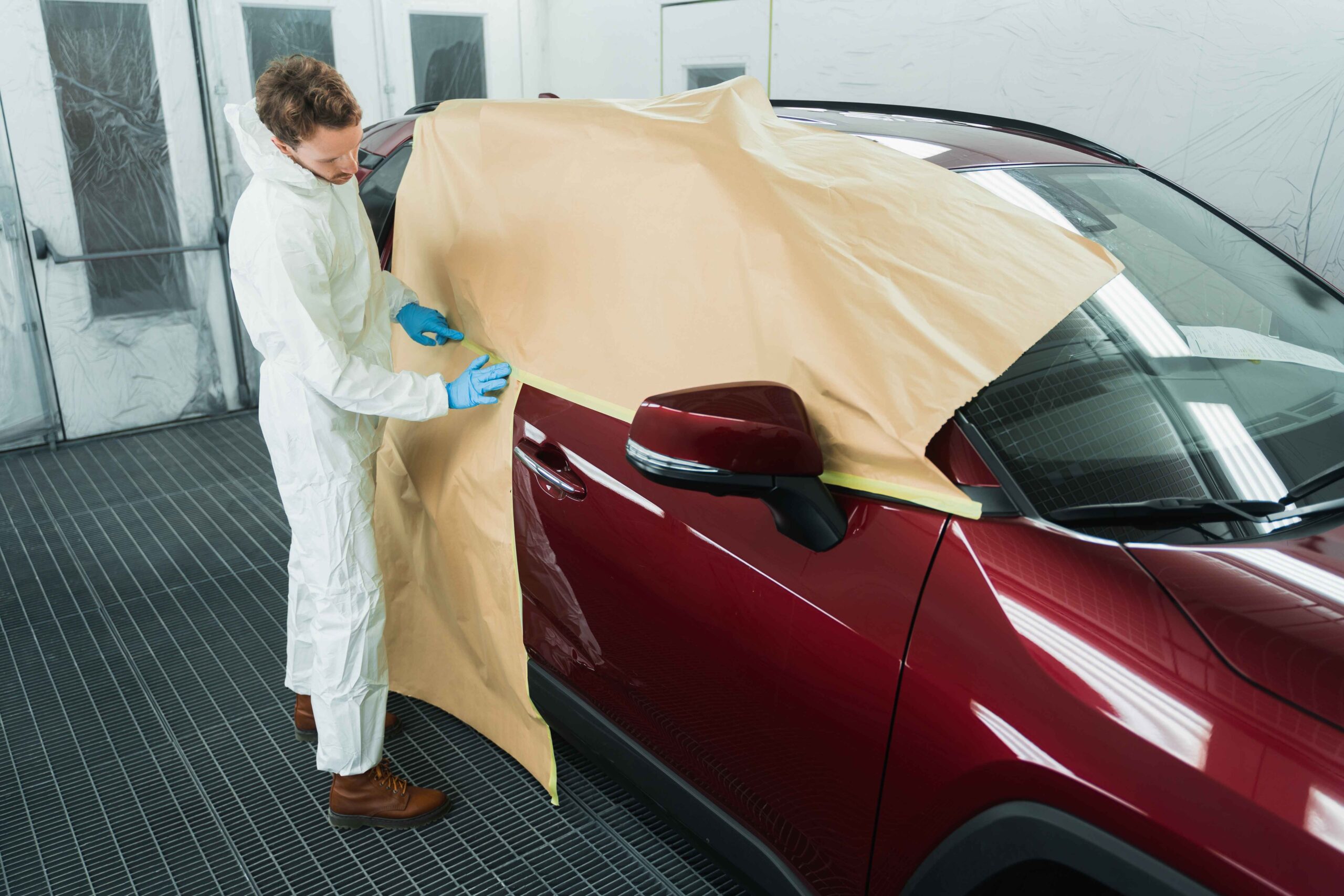For many drivers, the first step to transforming their car’s look is researching auto wrap cost. Wrapping has surged in popularity over the past decade, often replacing traditional paint jobs as the preferred option. But how does wrapping compare to repainting when it comes to cost, quality, and long-term value? The answer highlights why vinyl wrapping is becoming the smarter investment for both style and practicality.
Upfront Costs: Wrapping vs. Repainting
Repainting a vehicle can range from budget-friendly options at small shops to premium paintwork at luxury auto centers. Low-end repaints may cost less, but they often sacrifice quality, with visible imperfections or paint that fades quickly. High-end repaints, on the other hand, can cost significantly more than a professional wrap.
An auto wrap typically falls somewhere in between. While specialty finishes like chrome or color-shifting wraps are priced higher, standard matte or gloss finishes are usually more affordable than a premium paint job. This makes wrapping an attractive middle-ground solution for drivers who want quality without overspending.
Longevity and Maintenance
Durability is another factor in the cost equation. A high-quality paint job can last for many years if properly maintained, but it is also vulnerable to scratches, chips, and fading from sun exposure. Repairing or retouching paint can be expensive and time-consuming.

By contrast, vinyl wraps are designed to resist UV rays, dirt, and minor abrasions. A well-installed wrap can last five to seven years and requires less upkeep. And if part of the wrap becomes damaged, it’s possible to replace only the affected section, saving time and money compared to repainting.
Resale Value Considerations
Paint jobs are permanent, which can either help or hurt resale value depending on the buyer’s preferences. A custom color might appeal to you but limit your car’s market appeal. Wrapping avoids this risk because it preserves the original factory paint underneath. When it’s time to sell, the wrap can be removed, revealing untouched paintwork that buyers value highly.
This protective quality makes wrapping a long-term financial advantage. While the upfront cost may be similar to mid-range painting, the return on investment is stronger because it safeguards your vehicle’s condition.
Flexibility and Style
Another reason wrapping wins out is flexibility. Paint is permanent, so changing your car’s color requires a full repaint. Vinyl wraps, however, allow you to experiment with different looks—from subtle satin finishes to bold graphics—without committing to a single style. This makes wraps especially appealing to enthusiasts and businesses alike, who can update their designs whenever they want without paying for a full repaint each time.
Final Thoughts
When comparing repainting to wrapping, the auto wrap cost often delivers more value. It provides a durable, protective, and stylish finish at a fraction of the cost of premium paintwork, with the added benefit of flexibility and resale value preservation. For drivers seeking both practicality and creativity, wrapping has become the clear winner in the modern automotive world.

